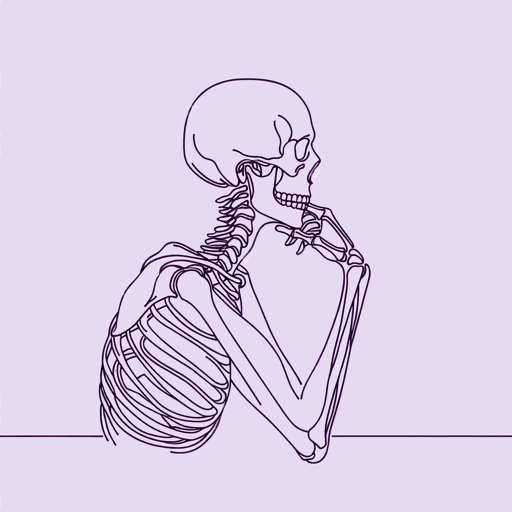20 pages • 40 minutes read
William Butler YeatsDeath
Fiction | Poem | Adult | Published in 1933A modern alternative to SparkNotes and CliffsNotes, SuperSummary offers high-quality Study Guides with detailed chapter summaries and analysis of major themes, characters, and more.
Symbols & Motifs
Time
Time, the passage of time, and the ways in which we interact with time serve as a backdrop for the primary thematic concerns of the poem. From the very first line, time is a concern. Yeats’s choice of the verb “attend” (Line 1) introduces time as a poetic player. The personification of dread and hope as “attending” to a dying animal (or, rather, not attending) evokes an image of servants or medical professionals waiting on a patron or patient. To attend is to devote periods of time to intermittent action, to literally “wait on” someone, to tend to their needs as they arise. Time already appears in this opening couplet because neither “hope nor dread” (Line 1) pay attention (or, perhaps, give the time of day) to an animal in the process of death. Even death is portrayed as a process here, with the descriptor “dying” attributing the process of death over time as a quality of the “animal” (Line 2).
The man in the next couplet relates to death in terms of “await[ing] his end” (Line 3). Yeats again positions the two elements of the couplet—the thing dying and its death—temporally. Time is the means by which the man and death interact; the man is “Dreading and hoping all” (Line 4) as he waits for death.
Related Titles
By William Butler Yeats
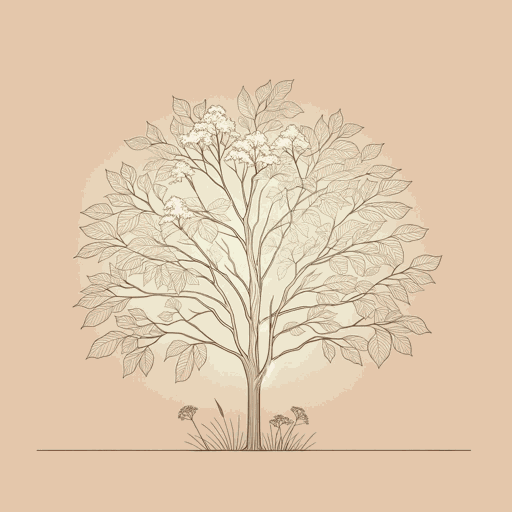
Among School Children
William Butler Yeats
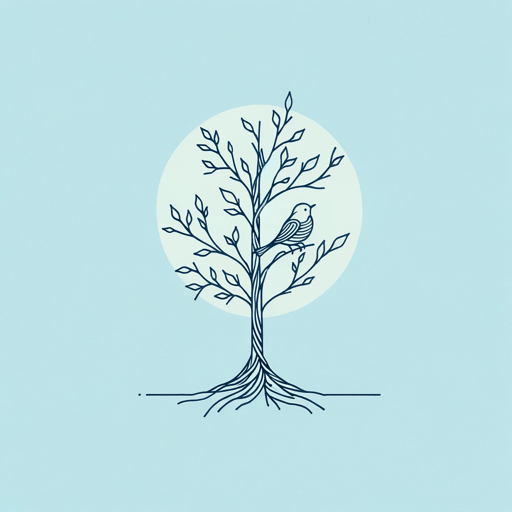
A Prayer for My Daughter
William Butler Yeats
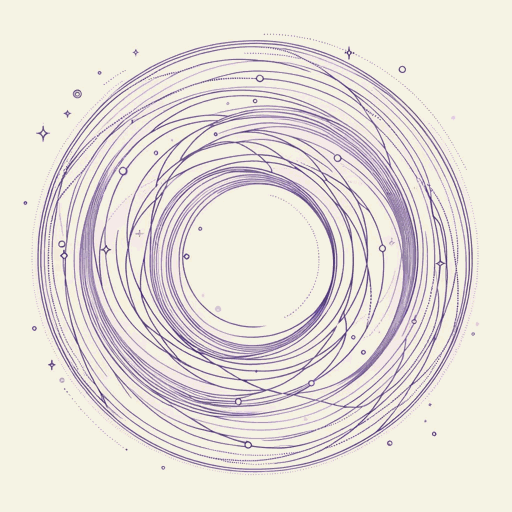
A Vision: An Explanation of Life Founded upon the Writings of Giraldus and upon Certain Doctrines Attributed to Kusta Ben Luka
William Butler Yeats

Cathleen Ni Houlihan
William Butler Yeats
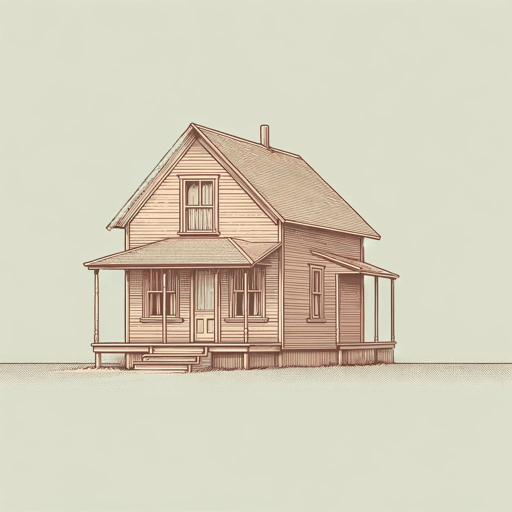
Crazy Jane Talks with the Bishop
William Butler Yeats
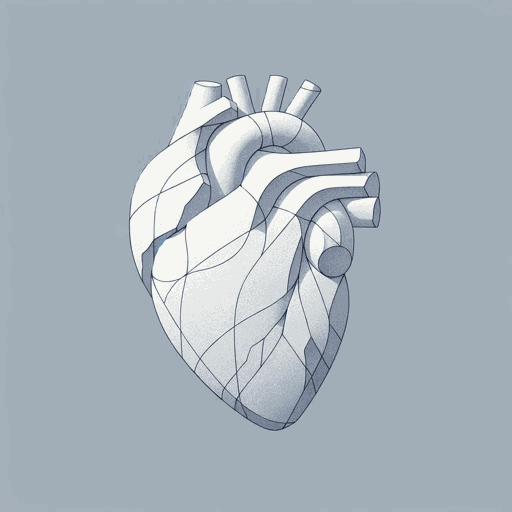
Easter, 1916
William Butler Yeats

Leda and the Swan
William Butler Yeats
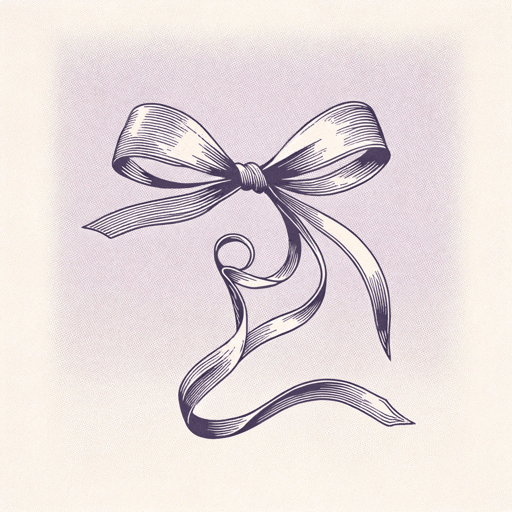
No Second Troy
William Butler Yeats
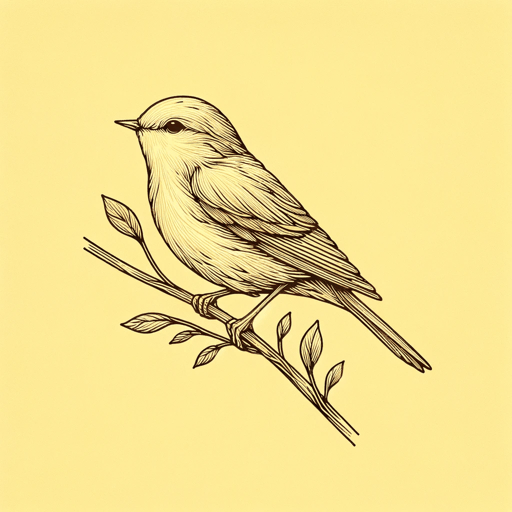
Sailing to Byzantium
William Butler Yeats
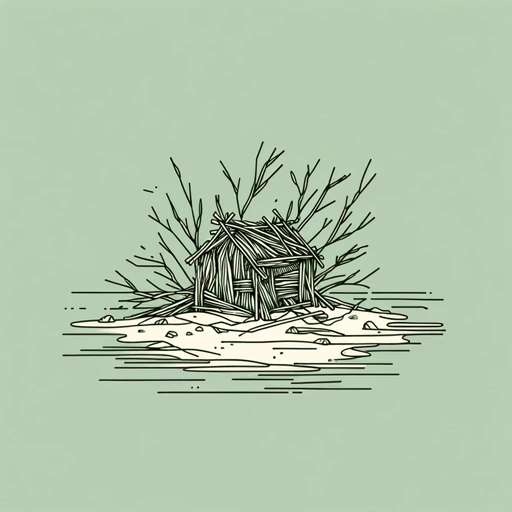
The Lake Isle of Innisfree
William Butler Yeats
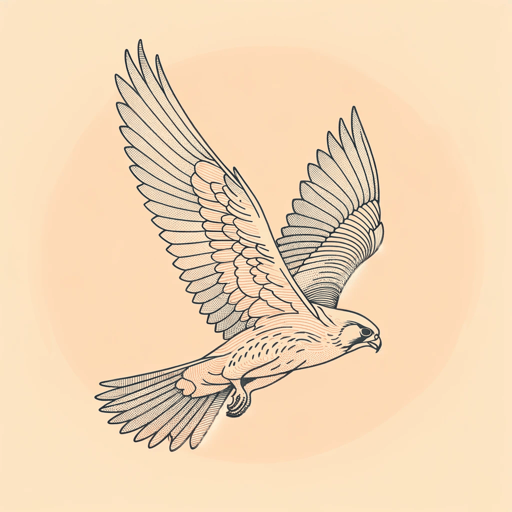
The Second Coming
William Butler Yeats
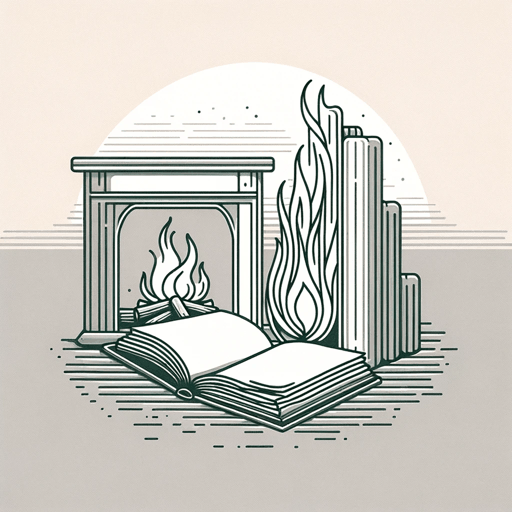
When You Are Old
William Butler Yeats
